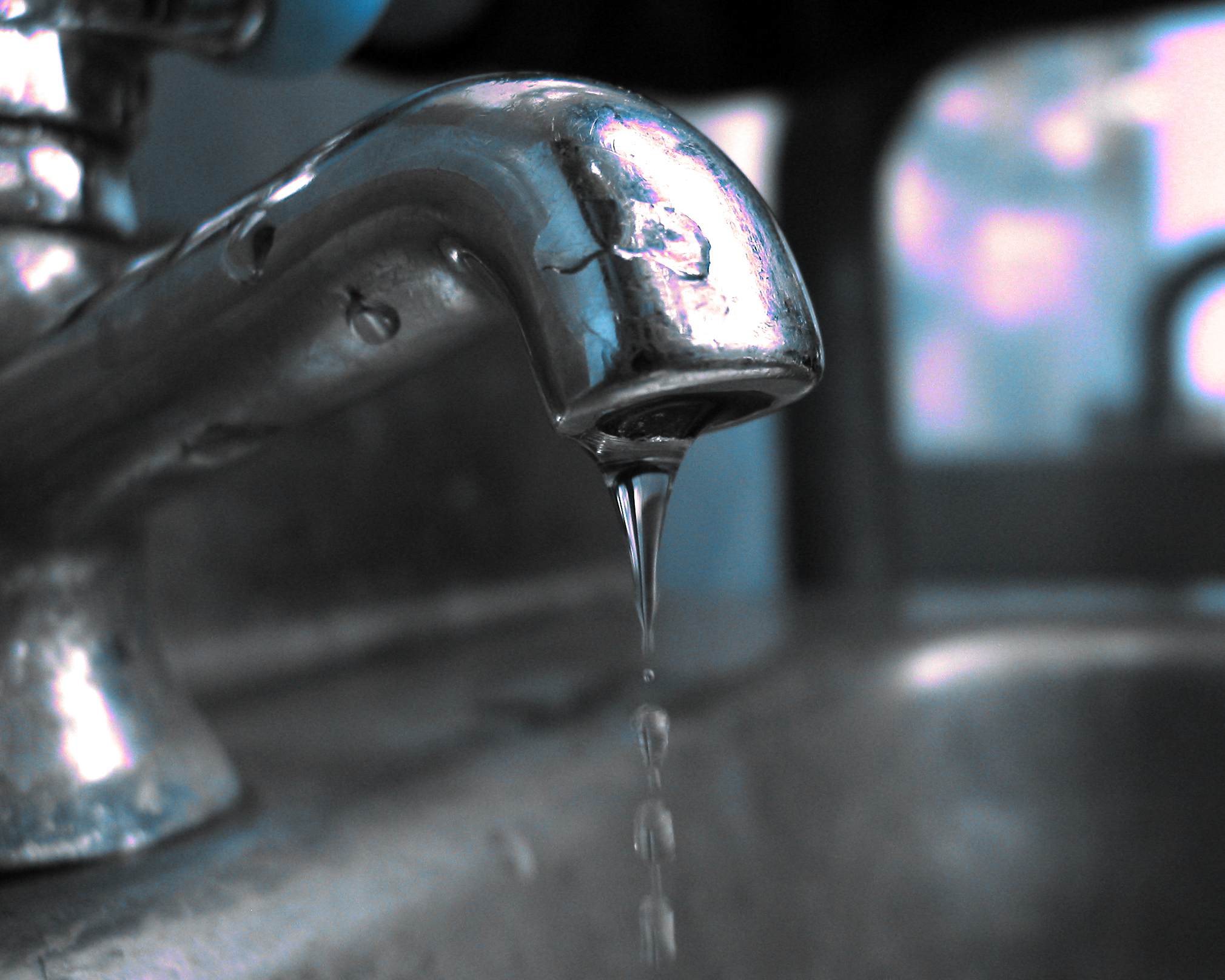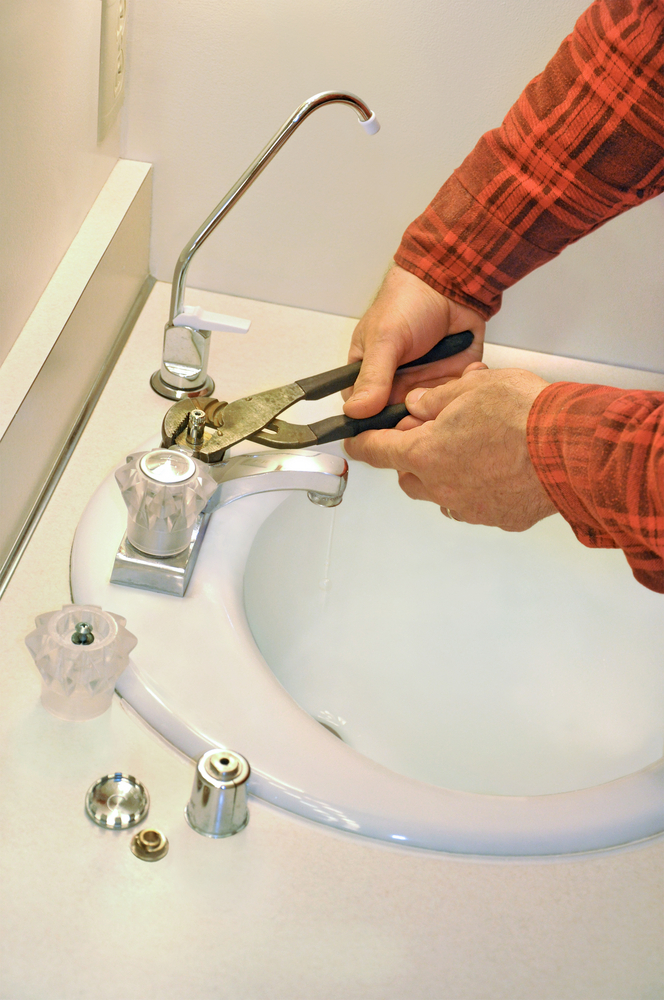Just how do you feel in regards to Why Are My Faucets Dripping (And Can I Fix It Myself)??

Trickling taps might appear like a minor hassle, but their effect goes beyond just the aggravation of the sound. From drainage to incurring unnecessary monetary expenses and wellness risks, overlooking a leaking faucet can result in various consequences. In this write-up, we'll delve into why it's crucial to resolve this usual family issue promptly and successfully.
Wastage of Water
Ecological Influence
Leaking taps contribute substantially to water waste. According to the Environmental Protection Agency (EPA), a single faucet trickling at one drip per secondly can throw away greater than 3,000 gallons of water annually. This not just strains water sources however also influences ecosystems and wild animals depending on them.
Step-by-Step Guide to Fixing a Dripping Tap
Tools Needed
Before trying to deal with a leaking faucet, collect the essential tools, consisting of a flexible wrench, screwdrivers, substitute parts (such as washing machines or cartridges), and plumber's tape.
Typical Faucet Issues and Their Solutions
Recognize the sort of tap and the certain problem causing the drip. Typical problems consist of worn-out washers, rusty shutoff seats, or malfunctioning O-rings. Refer to supplier instructions or on-line tutorials for step-by-step advice on repair work.
Financial Prices
Enhanced Water Costs
Past the ecological effect, dripping taps can blow up water bills substantially. The accumulated wastefulness with time converts into higher energy costs, which can have been stayed clear of with timely repairs.
Possible Property Damages
Furthermore, long term dripping can bring about harm to components and surfaces bordering the faucet. Water buildup can trigger staining, rust, and even structural concerns if left unattended, leading to extra fixing costs.
Health and wellness Problems
Mold and Mildew Growth
The continuous visibility of moisture from a trickling tap produces an optimal environment for mold and mildew and mold growth. These fungis not just compromise interior air top quality however also pose wellness threats, especially for people with breathing conditions or allergic reactions.
Waterborne Conditions
Stationary water in dripping faucets can become a breeding ground for germs and various other microorganisms, boosting the threat of waterborne diseases. Contaminants such as Legionella bacteria flourish in stagnant water, possibly leading to significant health problems when ingested or inhaled.
Do it yourself vs. Specialist Repair service
Advantages and disadvantages of DIY Repair Work
While some might attempt to take care of a dripping tap themselves, do it yourself repair services feature their very own set of challenges. Without proper knowledge and tools, DIY attempts can exacerbate the problem or result in incomplete fixings, lengthening the trouble.
Advantages of Employing an Expert Plumber
Working with a specialist plumber guarantees that the underlying cause of the trickling tap is attended to properly. Plumbing technicians have the proficiency and tools to detect and fix tap problems efficiently, saving time and decreasing the threat of more damages.
Environmental Obligation
Private Payment to Conservation
Taking duty for repairing dripping taps straightens with more comprehensive initiatives toward water preservation and environmental sustainability. Every individual's activities jointly make a significant effect on maintaining precious resources.
Lasting Living Practices
By prioritizing timely repair services and taking on water-saving habits, individuals contribute to lasting living practices that benefit both present and future generations.
Safety nets
Regular Maintenance Tips
To stop leaking taps, perform routine upkeep such as cleaning up aerators, evaluating for leaks, and replacing damaged components promptly. Additionally, think about installing water-saving devices or updating to much more effective fixtures.
Significance of Prompt Services
Attending to trickling faucets as quickly as they're seen protects against more water waste and prospective damages, ultimately saving both water and money in the future.
Effect On Property Value
Assumption of Well-Maintained Property
Keeping a building in good condition, consisting of resolving upkeep issues like trickling taps, enhances its perceived worth and desirability amongst prospective purchasers or occupants.
Influence on Resale Value
Properties with well-maintained plumbing fixtures, consisting of taps, command greater resale worths in the property market. Attending to trickling taps can add to a favorable perception throughout building inspections and settlements.
Verdict
Attending to a leaking faucet surpasses plain ease; it's an essential action toward conserving water, reducing economic expenses, and protecting health and wellness and building. Whether via DIY repairs or specialist assistance, doing something about it to deal with trickling faucets is a small yet impactful method to promote liable stewardship of resources and contribute to a healthier, extra sustainable future.
Why Are My Faucets Dripping (And Can I Fix it Myself)?
Causes of a Dripping or Leaking Faucet
Whether you’re hearing drops of water falling and hitting a sink, or noticing water ooze out from the base of the spout, you shouldn’t ignore a dripping or leaking faucet. And, the good news is, sometimes you can fix the problem yourself.
In this article, we’ll review a few common causes of dripping and leaky. We’ll also walk you through some basic ways to find the problem and handle it without calling anyone — and let you know when to call in a pro.
But, no matter what the cause, or whether you can handle it on your own, the sooner you address it, the better.
Each drip may be a tiny amount of water. But, they all add up quickly. According to the U.S. Geological Survey, one faucet losing one drop every 20 seconds — five a minute — wastes around a liter of water every day, and 173 gallons a year.
Add in more than one in your house, and it’s a lot of water to waste. So, we’ll help you get to the bottom of things quickly.
Four Reasons Your Faucet May Be Dripping
Aerator is Damaged or Unseated Valve Seat is Corroded O Ring is Loose or Worn Out Part of the Assembly is Loose Aerator is Damaged or Unseated
If you unscrew the end of your faucet, you’ll find the aerator. It’s the little stem piece with a screen on it that shuts off the water circulation.
If it’s damaged, or if it’s not sitting right, it will allow water to pass through.
Valve Seat is Corroded
Next is the valve seat, which is connected to the washer. If the washer wasn’t in place correctly, then it could have ground against the seat. Over time, this damages the valve seat.
The problem could also be corrosion: Over time, the part has worn out, and it’s now allowing water to pass through.
O Ring is Loose or Worn Out
Since the o ring is only a small rubber gasket, it’s a common reason why the faucet is dripping. You’ll find it at the base of the faucet, and it’s there to keep water from coming out where it’s not supposed to.
However, it’s common for the o ring to wear out over time. When it does, you’ll notice a drip.
Part of the Assembly is Loose
So far, we’ve looked at a few small, specific parts. But, the problem could be anywhere in the assembly if something’s out of place.
Even if a part isn’t damaged, over time, it may have become loose or dislodged. It could be the parts we mentioned, or the aerator at the tip of the faucet, the stem itself,
Can I Fix a Leaky Faucet Myself?
Depending on the problem, and how handy you are, there’s a chance you can fix a leaky faucet without calling a professional. But, you do run the risk of making the problem worse.
If it’s a small drip, you can certainly try a few troubleshooting tactics. We’ll walk you through them in a moment.
But, no matter what, your first step should be shutting off the water coming into the faucet. You should find a shutoff valve under the sink on the pipes leading to it. Turn each one clockwise until they close tightly.
Next, make sure you have the right tools for whatever you’re attempting. It’s tempting to make do with what you have. But, you need the right ones for a reason: You’re often dealing with small parts that can break if you handle them carelessly.
If you’re feeling confident, here are some places to start.
Items Near the Tip of the Faucet
A few of the parts we mentioned — particularly the valve seat and washer — are located at the tip of the faucet where the water comes out. They’re easy to access, making it a good place to start.
Check the O Ring
To check the o ring, you’ll need to take off the spout at the base. It’s easiest on kitchen sinks with long spouts, versus the smaller, bulkier base on most bathroom sinks.
Either way, this can be tricky, so do it carefully and don’t force anything. If it’s not coming right off, you’re much better off calling in a pro than possibly breaking something.
For a kitchen sink, there’s usually a nut or coupling assembly at the base of the spout. These often slide off easily without using any tools.
Once you’ve disassembled those parts, gently but forcefully twist off the spout.
Then, you can see the o rings. There should be two of the rubber gaskets on the base. If they look worn or damaged, replace them, and see if that solves the problem.

We had been introduced to that editorial on Should I Repair or Replace a Leaky Faucet? through a friend on our other web page. Are you aware of anybody else who is involved in the topic? Do not hesitate to promote it. Thanks a lot for being here. Kindly come visit our site back soon.